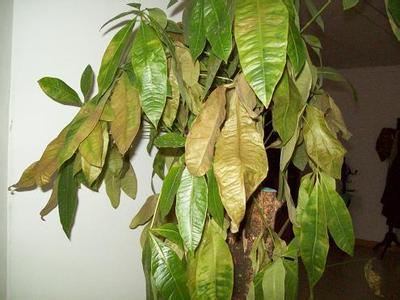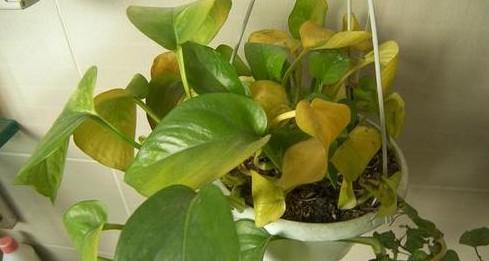Plants also have viviparous reproduction.
After hundreds of millions of years of evolution, from fish to amphibians to reptiles and birds, and finally to mammals, animals have acquired viviparity, the most "high-end" way of reproduction. If there are viviparous plants, you will find it hard to believe. Plants reproduce their offspring either through seeds or branches, and the "high-end way" of viviparity will not be associated with plants.

Along the coast of the tropics and subtropics, there is a special plant "tribe"-mangroves. The plants in the mangroves are mangroves, Kandelia Candel and so on, which protect the ecological balance of the coastal areas. The plants in the mangroves all adopt the "viviparous" mode of reproduction.
The seeds of these plants do not fall off immediately after maturity, but begin to sprout directly on the fruit, so some small green sticks can often be seen on mangrove plants, which are the "fetuses" of mangroves. When these fetuses grow to a certain extent, they fall off from the mother, much like a mammal giving birth. After these fetuses fall off from the mother, they will grow strong roots within 12 hours and sink into the sand on the coast.
The reason why mangrove plants evolved this viviparous mode of reproduction is mainly related to the growing environment of the plants. These plants live in salt water with high salt content, which is not conducive to the development of seeds. At the same time, with the ebb and flow of tides in coastal areas, seeds are easily washed away in such soil. In order to reproduce the next generation, mangrove plants have evolved this "viviparous" mode of reproduction.
Time: 2019-04-19 Click:
- Prev

Why the leaves of the rich tree turn yellow? what should I do?
The rich tree is an evergreen shrub or small tree of the genus Araliaceae, with erect stems, alternate leaves, long stalks, palmately compound leaves, 12 leaflets, 12-15 cm long and 6 cm wide. Because of its peculiar tree-shaped leaves and common name, and because of its good luck, more and more people have been introduced and cultivated recently.
- Next

How to save potted flowers from water shortage and withering? This will only accelerate the death of potted flowers!
Many flower lovers will encounter forgetting watering or going out, the potted flowers have not been watered for a long time, resulting in a large number of scorched leaves and twigs of the plant, which need to be paid attention to. Plants absorb water by their roots, but in fact, the absorption is carried out through the root hairs at the tip of the roots.
Related
- Fuxing push coffee new agricultural production and marketing class: lack of small-scale processing plants
- Jujube rice field leisure farm deep ploughing Yilan for five years to create a space for organic food and play
- Nongyu Farm-A trial of organic papaya for brave women with advanced technology
- Four points for attention in the prevention and control of diseases and insect pests of edible fungi
- How to add nutrient solution to Edible Fungi
- Is there any good way to control edible fungus mites?
- Open Inoculation Technology of Edible Fungi
- Is there any clever way to use fertilizer for edible fungus in winter?
- What agents are used to kill the pathogens of edible fungi in the mushroom shed?
- Rapid drying of Edible Fungi

